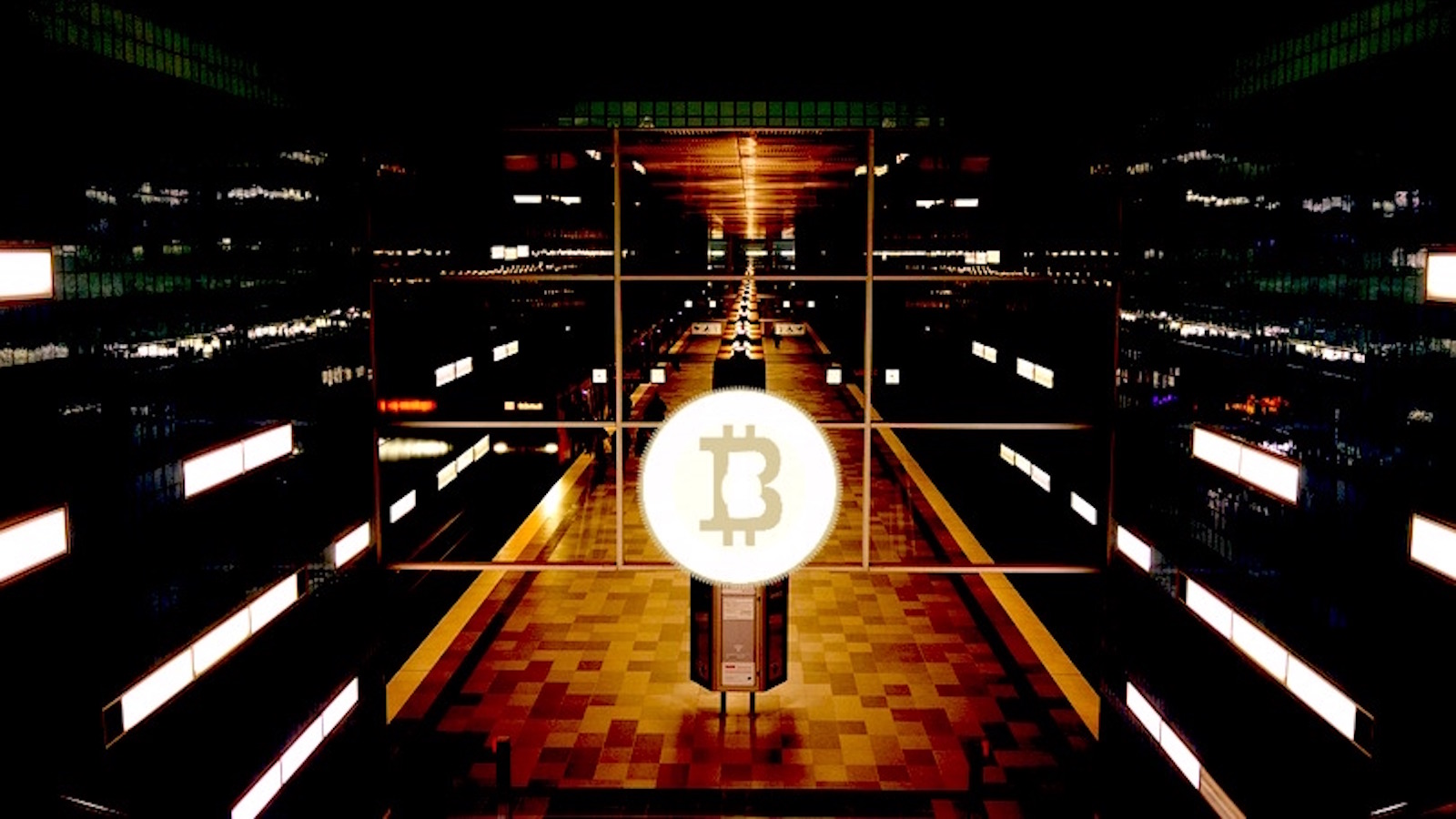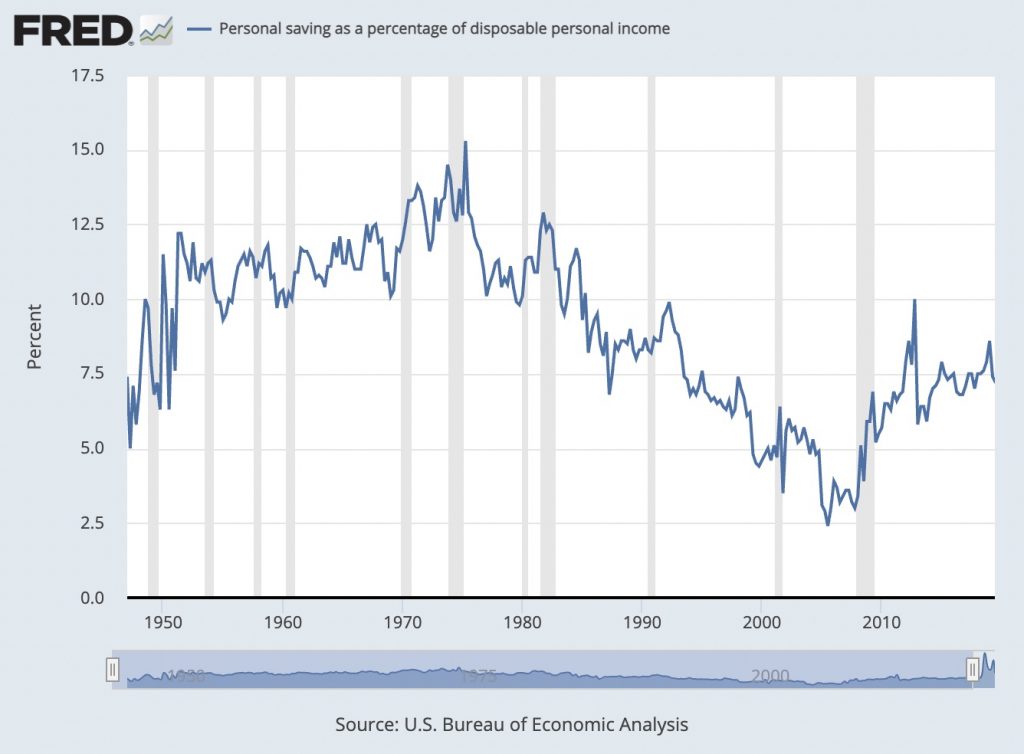
In Defense of Bitcoin Hoarding
In Internet slang, they are called the HODLers, the people who are clinging to their Bitcoin and refusing to spend it. Instead, they just refresh their wallet apps, feeling richer by day while deferring consumption. Many of these burgeoning millionaires live like paupers. I’ve met many of them: all over the U.S., in Israel, in Brazil. They believe that every dollar they spend today is two dollars they won’t make in a few months. Probably they are right.
There is nothing selfish, strange, or weird about holding an asset that is rising in value. Bitcoin is undergoing a historic deflation, which simply means that its value is growing relative to the goods and services it can purchase. This is in contrast to inflation, in which the value of the currency falls relative to its purchasing power. Inflation inspires spending – better to get rid of the money while it is more valuable. Deflation inspires saving – better to keep it so that your wealth rises over time.
So there is nothing selfish, strange, or weird about holding an asset that is rising in value. It would be irrational to do otherwise. And there is nothing odd about spending like mad in an inflation either. Our expectations of the future determine what we do today in every life and especially in monetary economics.
Some Money!
This tendency to hold rather than spend is giving rise to a new claim. Bitcoin isn’t really a viable medium exchange, they say. You can’t buy a sandwich with it. Few people are paid in it. Adoption in the retail sector is slow. The total market capitalization is $219 billion and yet the trade volume nowhere near reflects that.
And it is true that most of the big money people are just holding it. James Mackintosh, writing in the Wall Street Journal, summarizes the conclusion: “It has become a vehicle for hoarding by libertarians for gambling by hordes of speculators attracted to its wild price swings.”
I’m looking now at the total market capitalization of the entire sector of cryptoassets: it approaches $400 billion. That is larger than the market cap of JP Morgan, by the way. That valuation is in private hands, growing in value at incredible rates. It’s risen 1,000% in 2017, and many people are predicting much higher growth in 2018.
The Implications
Under old-style Keynesian theory, economic growth is driven by consumer spending, not saving, so anyone who is hoarding money under the mattress is holding back progress. Hoarders are the enemy. “Every such attempt to save more by reducing consumption will so affect incomes,” wrote J.M Keynes, “that the attempt necessarily defeats itself.” He popularized what became known as the “Paradox of Thrift.”
It’s supposed to be counterintuitive. You think that saving up for the future is a good thing. Whoops, you are hurting others and, in the long run, hurting yourself. You should be spending, even going into debt to spend.
The gold standard itself was destroyed in order to build a monetary system that could be inflationary. But sometimes “counterintuitive” is just wrong. That is the case here. There is no paradox. The intuition is right. Thrift is a good thing, on the individual level or for the whole society. Deferring consumption is the necessary precondition to permit saving. Saving is never wasteful. It’s true that infinite saving is pointless but that’s not how this works.
You are always saving for something. The end of saving is eventual consumption in some form. More importantly for economic growth, saving is the precondition for investment. Investment is what extends the complexity of the structure of production. This leads to employment, expansion of the division of labor, and the eventual rise of wealth.
Consider the classic case of Crusoe on the island. Every day he is out catching fish to eat. He doesn’t have time to weave a net because he is always fishing with a pole. But at some point, he realizes that he could catch more with a net. In order to gain time, he has to stop fishing. So he saves up a few days of fish so he can eat without fishing, during which time he weaves a net. That net allows him to multiply his catch by 10 times. The deferring of today’s consumption for great overall wealth later is what makes progress possible.
The Policy of Pillage
Once the wrong (Keynesian) theory took hold in the 1930s, it became national policy to incentivize consumption over spending. Gold was confiscated from people. Government spending, it was believed, would goose the economy to make up for the ability or willingness of people to spend. The gold standard itself was destroyed in order to build a monetary system that could be inflationary – so that the money would be worth less in the future than it is today, thereby motivating the desire to spend.
This whole policy became a disaster for economic growth. After World War II, the US underwent a huge expansion as a result of the hoarding that occurred throughout the Depression and the War, and this was despite (and not because of) federal policy.
After the initial boost in economic growth, the Federal Reserve began its inflationary path. The personal savings rate peaked at 15% but then savers were blindsided by a wicked hyperinflation that hit in the late seventies, pillaging the savings that had been built up for the last two decades. No surprise: personal saving fell and fell, incomes flattened, and economic growth became ever more of an uphill climb. In our own times, inflation has been fixed but now we deal with near-zero interest rates, which harms saving as well.
As you can see in the chart, the economic crisis of 2008 traumatized a generation to the point that people began to save at much greater rates. No more would be trust the system to take care of them. It was exactly at this point that Bitcoin came into being, and created something that is really the opposite of the dollar: a currency designed to rise in value over time.
Many of the metaphors surrounding Bitcoin were drawn from the old-world gold standard. We speak of mining, for example, and proof of work (think of miners wearing jeans, panning gold from stream or banging picks into mountains). As with gold, there is a limit on the amount that can be created. And there are multiple levels of standards to determine authenticity and truth in accounting. In some ways, Bitcoin was invented to be the ultimate anti-Keynesian monetary praxis.
Up with Thrift
So much for the Paradox of Thrift. Bitcoin is about the Virtue of Thrift.
Now we see the results. Bitcoiners are HODLers. They save. They hoard. They have turned against consumption in favor of saving. I see it myself all around me. Young people who are invested in Bitcoin turn down luxury consumption. They don’t own cars. They bike and walk. They don’t spend big on dinners. They live off cheap groceries. They know that everything they consume today eats into their capacity for consumption, investment, and building wealth for the future.
So much for the Paradox of Thrift. Bitcoin is about the Virtue of Thrift. The pundits can decry it all day. Bitcoin doesn’t care. What’s more, you don’t need economic theory to understand this. You only have to follow the money.
If you ever despair of the future, just consider how much capital is currently being built up in the crypto sector. There will come a time, maybe in five to 15 years, when all this deferred consumption is going to be unleashed on the world economy in the form of real capital to build wealth and prosperity. And consider too: this is not about one economy, not about one nation. It’s about the whole world, capital and prosperity without borders.
The pundits can fulminate all they want. Technology doesn’t care.
This article originally appeared on FEE.
Free the People publishes opinion-based articles from contributing writers. The opinions and ideas expressed do not always reflect the opinions and ideas that Free the People endorses. We believe in free speech, and in providing a platform for open dialogue. Feel free to leave a comment.




